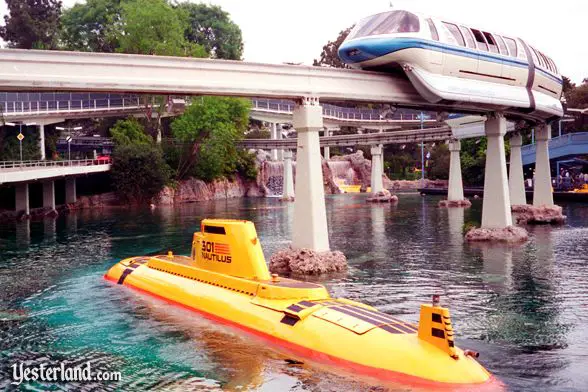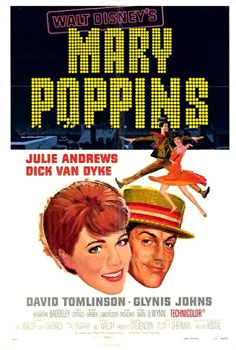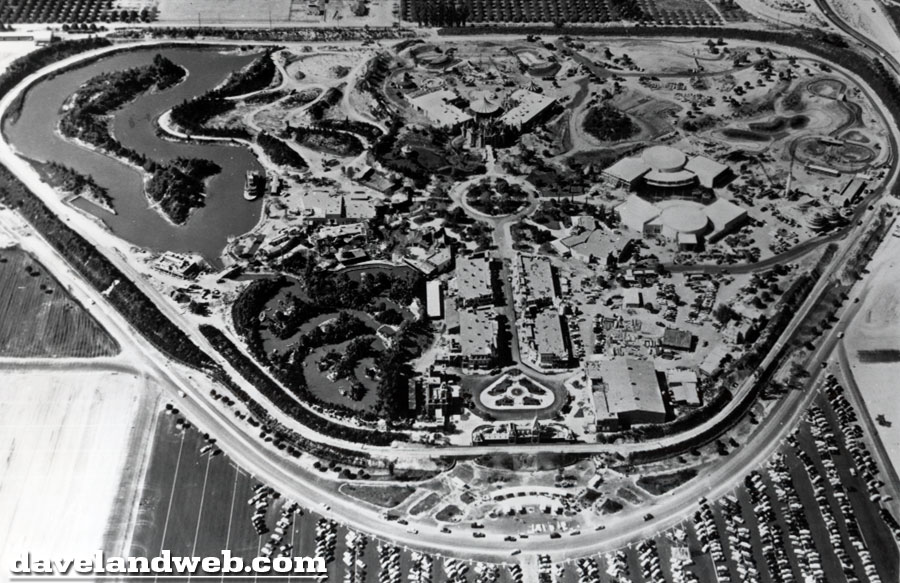The Genius of Walt Disney - part 2
So in the last installment I followed Walt Disney's life up until 1955. 1955 saw the release of Disney's first widescreen animated feature, Lady and the Tramp. It also saw the opening of Disneyland that July. The film was a success, but yet again, with the theme park idea people were thinking Walt's dream would fail. You'd think they'd have learned by now. But they were almost right. Disneyland had a pretty disastrous opening day. The park's dedication day was supposed to be just for people invited, but then the tickets were counterfeited, and 28,000 people showed up. The asphalt wasn't yet sufficiently hardened, so ladies high heels got stuck in it, there was a gas leak in Fantasyland, one of the ferryboats sank from having too many people on it, and there was a plumbers' strike on, which meant that Disney had to decide whether he wanted the water fountains to work or the toilets. He chose the toilets. (Wise decision.) And it was 100 degrees out that day and rides kept breaking down. The press were not taken by Disneyland. So they tried a new opening day a few days later that went smoothly.
(and yes, that is Ronald Reagan as the host)
The park had a good set of attractions to open with, but most of the rides you likely think of when you think Disneyland weren't there yet. Disney had run out of money and had to put some of his attraction ideas off for a few years. Popular attractions that opened with the park included The Jungle Cruise, Dumbo, King Arthur's Carrousel, the Autopia, a train ride encircling the park, and 3 dark rides themed to Peter Pan, Snow White, and Mr. Toad. None of the coasters were built yet, and Tomorrowland was basically a sort of State Fair exhibition hall dedicated to the future. However, over the years the park improved, as Disney intended. Parks at the time let attractions stay exactly the same from opening to close, but Disney wanted returning customers. The Jungle Cruise would get new scenes and get rid of ones that didn't work. Tomorrowland would try to stay ahead of the times as the present became the future. New modes of transportation around the park would be added like the skyway. Also, the park up until the early 1980s used ticket books instead of just general admission. The ticket books had A,B,C,D, and E tickets in them. E tickets were for the most popular and major attractions. A tickets were for minor things like going through the centerpiece Sleeping Beauty Castle.
Walt was paying more and more attention to TV and Disneyland, often relegating the time and effort he had spent on the animated films to the directors of the films. Sure, he still oversaw production and had the final say, but he had other things on his mind too. I should point out that in 1954, as Disneyland was being built, Walt started an anthology show on ABC called Disneyland. It showed cartoon shorts, updated people on the newest Disney products including the animated features, and most of all it advertised Disneyland. And it worked. Within 7 weeks of it opening, Disneyland welcomed a million guests. Special stories were made for the show too. That's where Davy Crockett got popular, actually. And the show was hosted by Walt Disney himself quite often. It was the ultimate in salesmanship. Few would have the guts to do that now. And the show ran even after Disney's death.
In 1959, Disneyland was adding a lot of attractions each year. By 1960, the park's first rollercoaster, and the first steel coaster ever made opened. The Matterhorn Bobsleds. The now popular snack, Doritos, made their debut at a Disneyland restaurant. The Alice in Wonderland dark ride opened, Tom Sawyer's Island, the mine train (not Big Thunder Mountain, but a slow mine train with a man made desert/mountain to go through)... And the park's centerpiece, the Sleeping Beauty Castle, was about to be the subject of a film. Sleeping Beauty was released in '59. It cost $6 million and four years to make. And it only made $7.7 million. The film was also not graced with great reviews, the slower pace and odd art design part of the reason. Walt had to lay off some more animators due to costs that year. Walt was starting to think maybe animation was at the end of it's life. But he was continuing to improve Disneyland and was enjoying making his TV show. He saw TV as the future, but that film could coexist along side it, while others were predicting the demise of film. Ub Iwerks, Walt's old friend from Kansas City who still worked for him in animation, started experimenting with a process called Xeroxing. Using this process, animation could be streamlined to get rid of the inking department. This saved the animation department at Disney as the drawings by animators could now be put directly on animation cels by xerox. This was of great use in the next Disney animated film, 101 Dalmations, which took only 2 years to make unlike the 4 it took for Sleeping Beauty.
Walt also brought the first monorail to the western hemisphere... and he put it in Disneyland. He saw it as a future for city transportation, but it never caught on in America. Still, whenever we think of monorails now, we think of the Disney parks.... How can you not love the things? They look so futuristic and cool, even today! And they've continuously upgraded the vehicles since the opening of the parks. As I said before, Walt believed in continuous improvement to attractions. (Not movies like George Lucas.)
With 101 Dalmations being a hit, animation was now safe again. Walt spent more and more time on other projects, and he had even less involvement in the next animated film, 1963's The Sword In The Stone, leaving the project to the veteran animators and his favorite animation directors. Yet again, another hit film. And this animated film was the first one with songs by the Sherman brothers, whom Disney had bought the services of for The Parent Trap in 1961 and decided to keep. They would go on to write songs for most Disney films from here on out up through the 1970s, including Disney's next big project, Mary Poppins. To see the trials of the making of that film, go see Saving Mr. Banks. Let's just say it was no picnic even before cameras started rolling. The film would go on to win a few Academy Awards and revolutionize special effects. It was also the biggest money maker of 1965.
That was one of the last projects Disney saw completed. He died in December of 1966 of lung cancer, being a heavy smoker all his adult life. (He never smoked in front of children, though, to his credit.) At the time of his unexpected death (the cancer moved quickly), The Jungle Book was well into production. Most importantly, Walt had started a new project in Florida. Something much bigger than Disneyland. Something more forward-looking. Something to bring people into the future. To better humanity. This project was the Walt Disney World project. The original plans being much different than what we have there now. More on that tomorrow, but first, here's the video he made talking about the project. It's well worth a watch all the way through. Quite fascinating. In fact, this video was not shown until shortly after his death, being shot just months before he died.
Tomorrow, Walt's legacy. Walt's shortcomings. My thoughts on his work and life.





.jpg)
